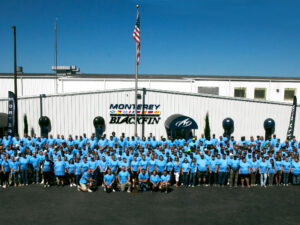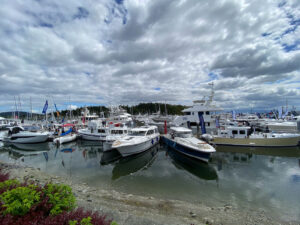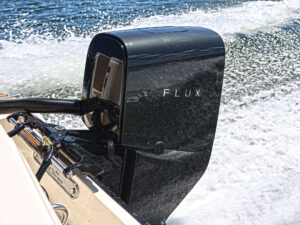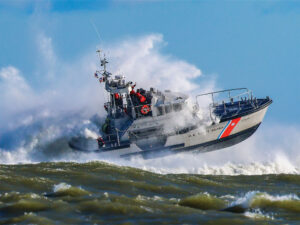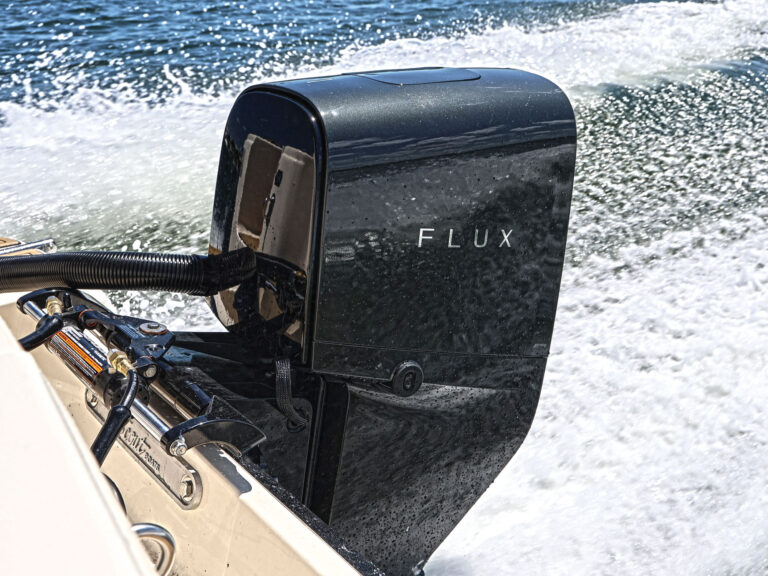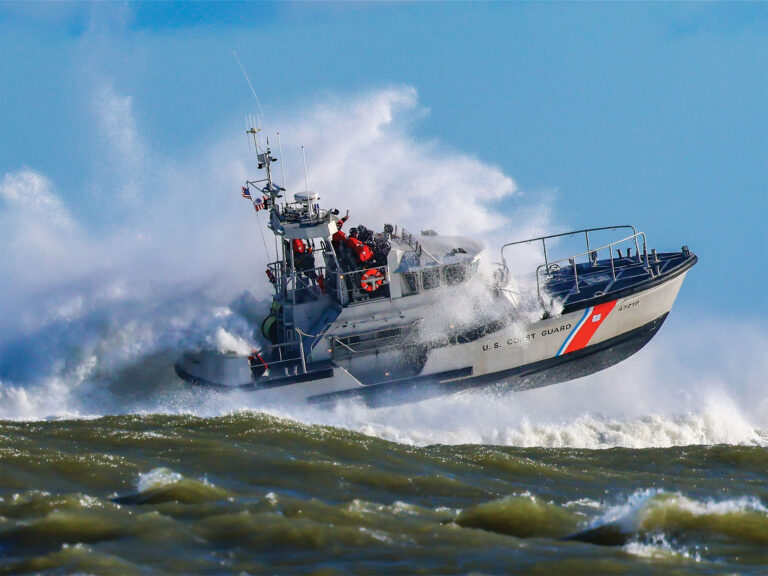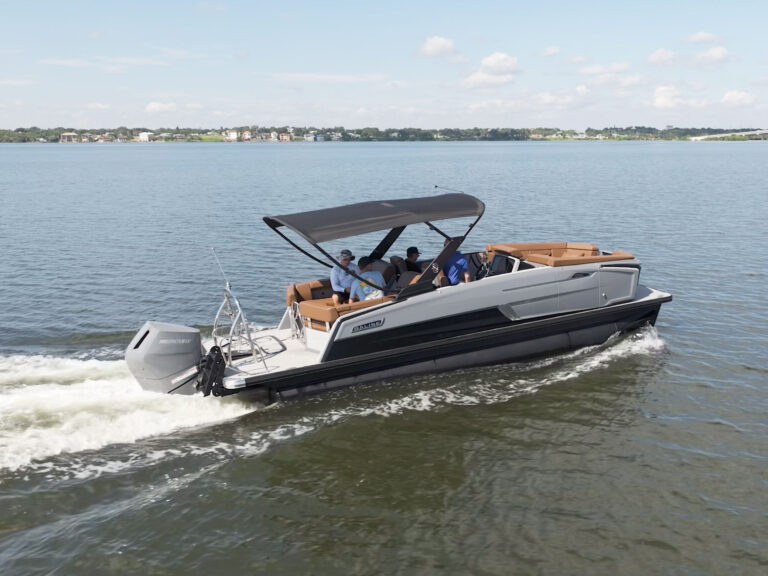There have always been boats that tug so hard on our hearts that we’re willing to suspend rational thought for pure passion. We love them when they’re first introduced, covet them while they’re available and search for them when they’re not. We’ll do anything to own them. Why? Because these are the boats that get it right. Each does one thing so well that nothing else compares to it. If the model stays around long enough, a myth is created, which is what happened with these five. Over the years, they’ve become so desirable that a dedicated following — yes, a cult — formed. And while the retro guys love to restore them, builders and boaters alike know that, while there’s always a place for “brand-new,” classic design has legs.
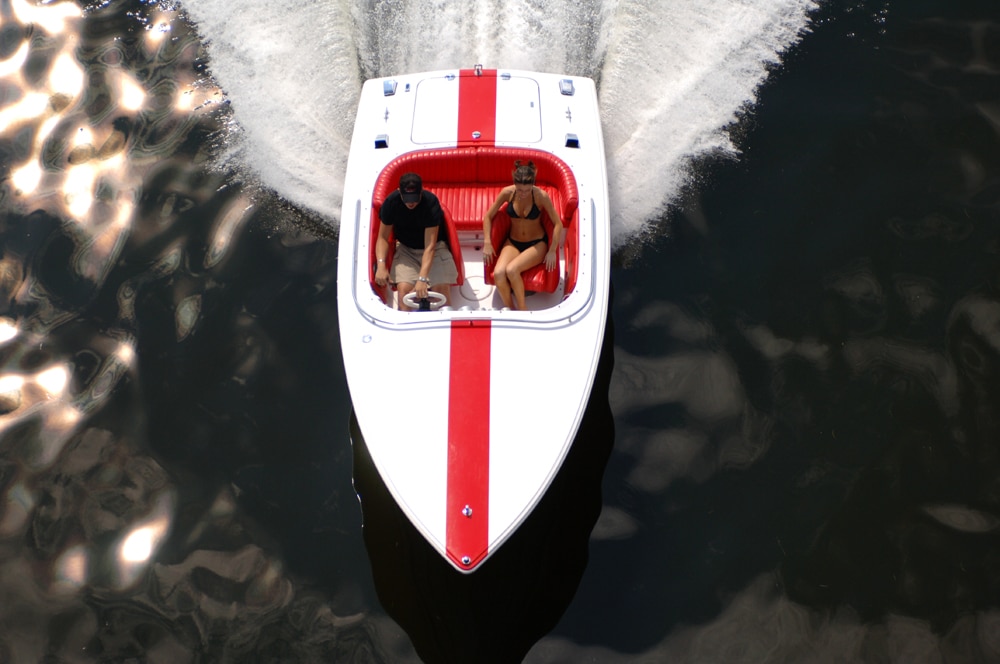
5 Legendary Boats
As Sweet Today as 45 Years Ago: Donzi Sweet 16
Boats this size are for kids, right? Not this one. A Donzi Sweet 16 in the hands of a child would be like giving him an automatic rifle with unlimited ammo. Put a novice in one and he’ll be disappointed when he “moves up” to something bigger.
Designed by Walt Walters and Jim Wynn, it was the masterpiece of Don Aronow and the first boat offered by his company, Donzi Marine. Since going into production in 1964, with a gap in the late 1970s and early 1980s, this boat has been something of a little-known jewel. Its 50-plus mph top speed feels like a whole lot more, and with the type of handling only a small boat can offer, it’s incredibly fun. This is accomplished with a 24-degree deadrise that gives an eerily smooth ride. In the 1960s, one was even driven from the North Miami factory to an eager buyer across the Gulf Stream in the Bahamas.
Donzi currently offers it as the Classic 16 with a 260 hp 5.0 MPI MerCruiser, but only on special order and at a special price — $79,000. Do many sell? No, but some guys simply must have one. If you can find one used, it’ll go for $10,000 to $35,000. Big bucks for a small craft — but the payback is huge fun.
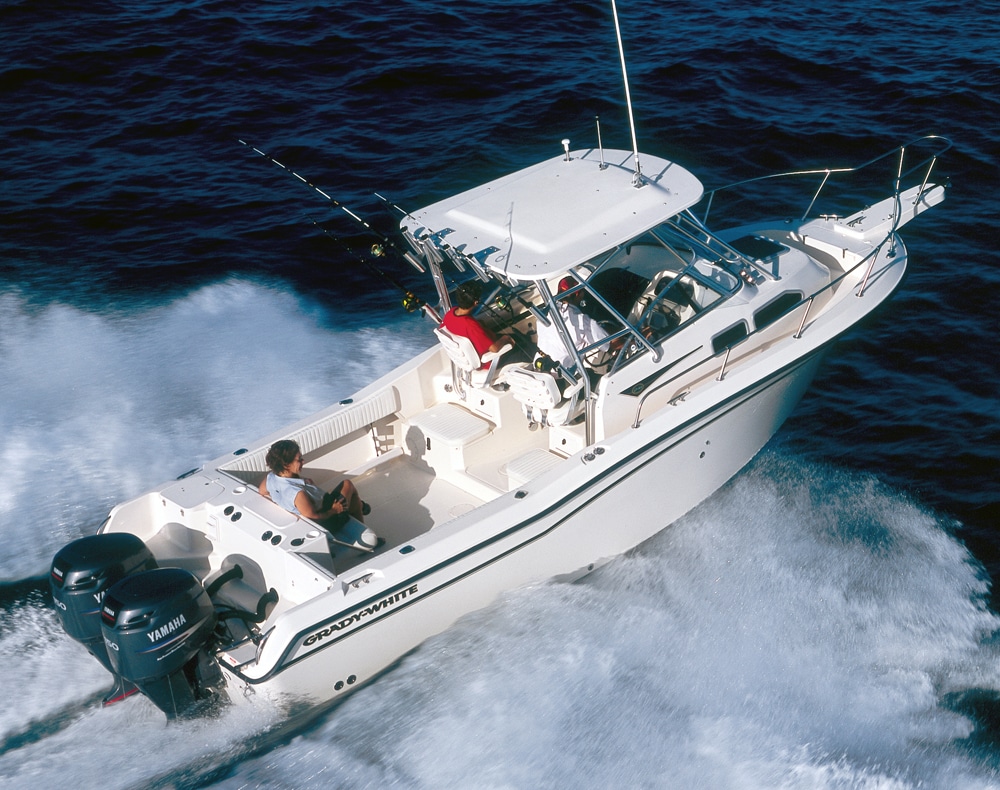
Grady-White Adventure 208
Preaching to the Choir: Grady-White Adventure 208
The walkaround is nothing new. At the start of the 19th century, owners of open boats often added a small, raised structure called a “hunter’s cabin” up forward, encircled by low, narrow decks. It gave some shelter for overnighting while keeping the rest of the boat open for fishing.
The idea surfaced again in the early years of fiberglass, when most cuddies had cabin sides that went right out to the gunwales to maximize room below. But anglers found it awkward to handle ground tackle or to fish, so the walkaround was born with narrow, recessed side decks and foredecks for access and safety. These first appeared on trihulls, the most popular hull form at the time. The squared-off bows gave plenty of room down below, but they pounded and threw spray.
Seeing this, the folks at Grady-White, who were mostly building runabouts at the time, thought: Why not do the same on a softer-riding V-hull? In 1974 they took one of their 19-footers and crafted what would become the iconic look of what we think of as a walkaround. A year later the 204-C Hatteras Overnighter was launched. There was still plenty of deck space aft with only a little sacrificed for accommodations. Plus, it made the boat an easier sell to the wife and kids.
No, Grady wasn’t the first with the walkaround concept, but it has certainly stayed with it the longest, continually improving it for the next 36 years. Want to see where it all started? Today’s adventure 208 is a direct link to the 204-C, and along the way it has garnered a huge following. How huge? Just try and find a used one, and if you do, be willing to pay.
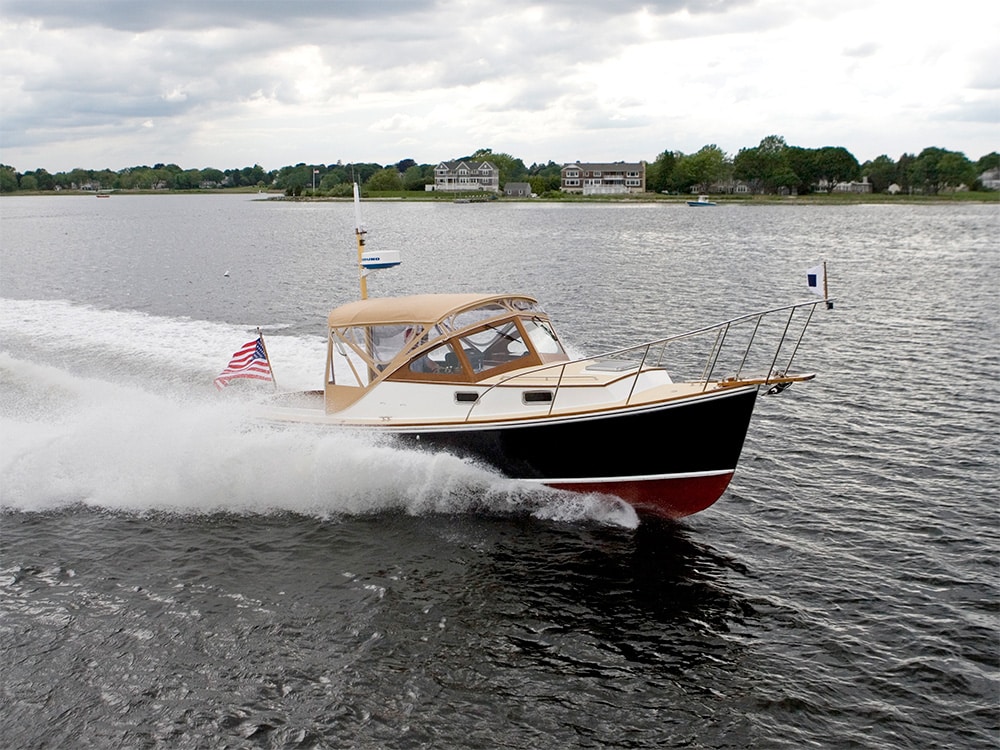
Dyer 29
The Great Constant: Dyer 29
This past spring the order came in for hull No. 356 of the Dyer 29, a link in an unbroken chain that goes back to 1956, when the anchorage in Warren, Rhode Island, began offering the same model to owners who appreciate a boat that never goes out of style.
In the early days of fiberglass, Bill Dyer took a chance and asked Nick Potter for a design that, as Dyer put it, “would be a traditional hull that could take more than its crew could.” The result was a boat able to travel at a steady 15 mph no matter what, while burning only 2 gph. Designed for comfort, not speed, it succeeded as a great sea boat, and some with its design do service as pilot boats off the Virginia capes.
With its sweeping sheer line, rounded chines and long keel, it’s a classic bit of New England. The cockpit is massive, almost half the boat’s length. It’s also built to last. Hull No. 1 is still alive and well, plying the waters of long Island sound. Bob Stine, of Black Dog Boat Works in Denton, Maryland, who specializes in maintaining old 29s, likes to say they grow old gracefully. Few, if any, come to him with major problems resulting from age. Mostly he’s just upgrading systems or swapping out an engine.
New 29s come as a soft top, hardtop or extended hardtop, or as a flush-deck bass boat. The latter sports a tiller at the transom, as well as a helm, and is used by anglers pursuing stripers. Prices start at $180,000 with a single 200 bhp Volvo Penta diesel. Not cheap, but they’re well-equipped and, unlike most boats, one of these guarantees a good return on your money. That is, if you’re foolish enough to sell it.
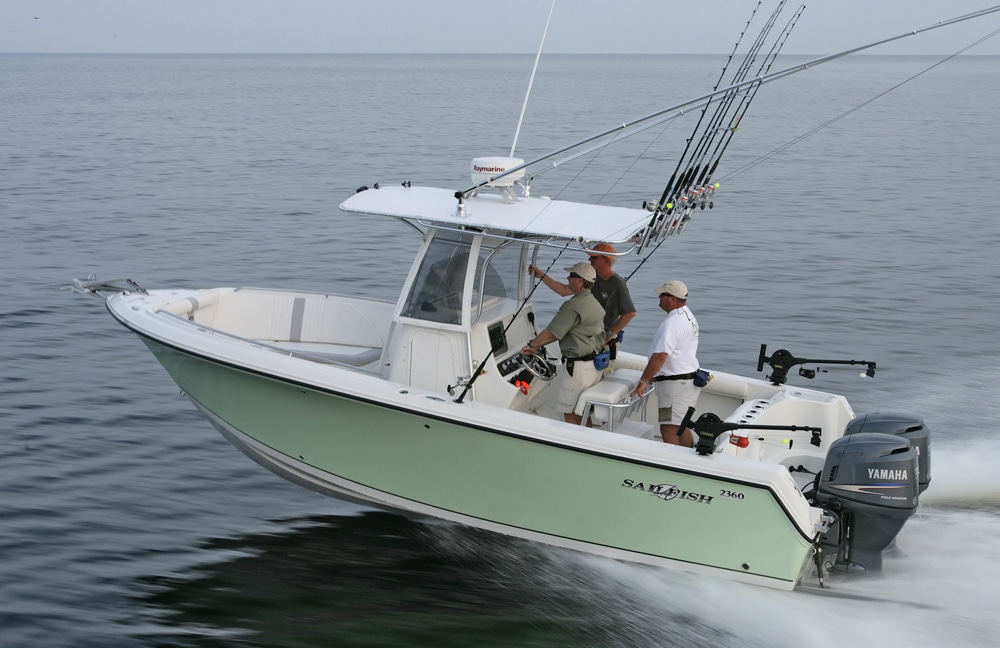
SeaCraft/Sailfish 23
In Devotion to the Ocean: SeaCraft 23
What makes owners of the SeaCraft 23 sing with praise is a running surface from the drawing board of that unsung genius Carl Mosely.
In Mosely’s 1966 patent, the midship cross section shows a deadrise of 22 degrees down by the keel where the boat rides at high speeds, slicing the seas for a soft ride. It goes a third of the way up the hull, meeting a vertical groove (Mosely called it a step) to join the next panel. This one has 15 degrees of deadrise where the boat rides at moderate speeds, giving good load-carrying ability from less power. Another groove is cut into the hull, and the final and highest section is a flat 10 degrees, for more lift while getting on plane and for stability when going slowly.
Mosely’s multiple-deadrise design lets a boat ride on the right section for its speed, and when hitting a wave, the successively flatter panels slow the impact. In addition, the “steps” not only divert water to reduce drag, but they also act like keels to keep the boat tracking and gripping in turns.
Mosely applied his ideas to his new company, SeaCraft, which started in 1961 and went through numerous transitions before tracker Marine recently mothballed the brand.
Now, Sailfish Boats, a maker of saltwater fishers, employs a similar hull concept for its popular line. Like the classic SeaCraft, the hull slices through rough water on its sharp bottom section nearest the keel, but the deadrise flares out in two “steps” toward the chines. You can learn how to retrofit a classic of your own for $30,000 or more at classiccraftboats.com, or select Sailfish’s modern version of the hull design at sailfishboats.com.
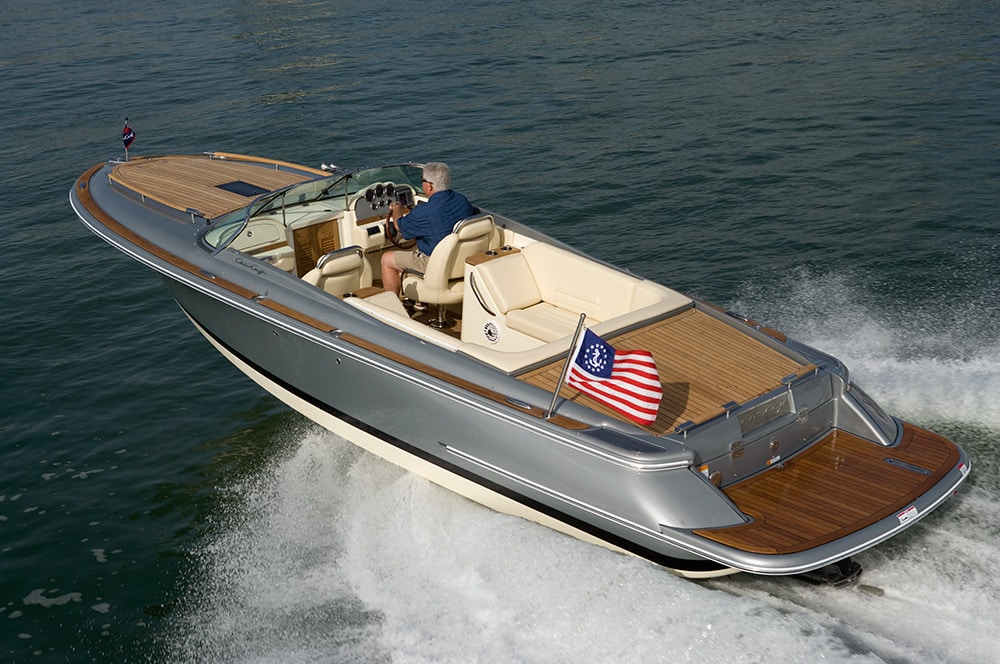
Chris-Craft Launch 25
Chris-Craft Launch 25
It started in the 1990s, during the later years that OMC owned Chris-Craft — a brand that had gone through constant reinvention with little success. But this time, thanks to designer Michael Peters, a line of future classics was born that made us think that OMC had ties to Chris-Craft’s once-glorious past — when in fact it didn’t.
“My only goal was to create beautiful boats,” Peters says.
His hulls are shapely and rounded (a rare look these days) with flare forward, tumblehome aft and reverse transoms — stylistic elements of the classic Chris-Crafts. Runabouts have stations far forward, and windshields wrap around with little support. Space is extravagant, and it’s all trimmed in wood. These are new classics.
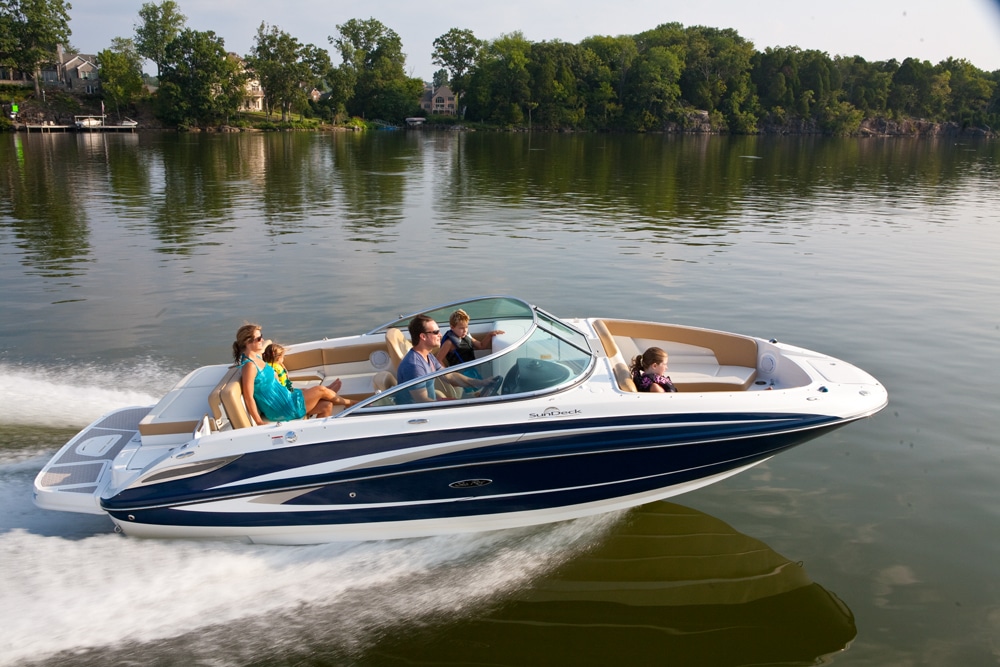
Sea Ray 240 Sundeck
The People’s Choice: Sea Ray 240 Sundeck
You don’t have to be first, you just have to get it right. That’s what happened with this boat, a longtime favorite of many.
In the ’90s, fiberglass deck boats were the logical successors of aluminum pontoons. Offering similar features to ’toons, they looked more like boats. But the ride hadn’t improved. Designers were sticking with catamarans and trihulls. While good for floating a deck load of partiers, they had to boogie back to the marina when the lake got choppy.
The next generation came in ’94 with the Godfrey Hurricane Fundeck 246, the first to use a true V-hull. It still had a squared-off front deck, but also a well-rounded bow. Sea Ray followed, improving the breed in ’96 with the 240 Sundeck. It was a winner, but was soon reshaped into the boat we know today. It can still hold 10, but now with the comforts of a full-width windshield and a finer hull.
Its popularity made it an instant classic. It’s unlikely that any one model sold more units, and this is probably more than some companies put out for their full line. Numbers speak for themselves, and that says: Here’s a cult worth joining.

